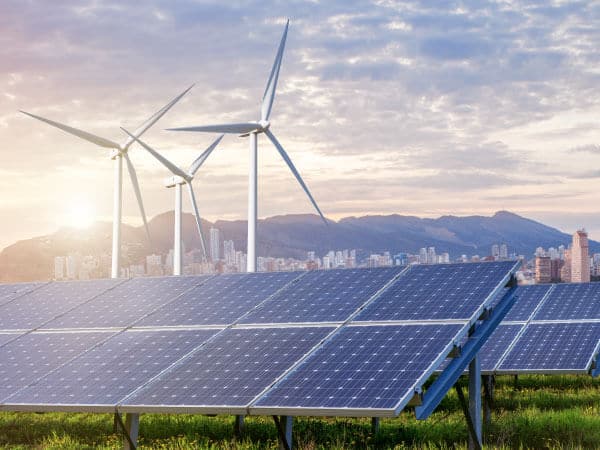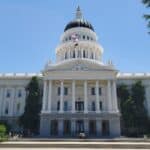Silicon Valley Leadership Group continues to be a leading business voice supporting California’s ambitious clean energy and greenhouse gas reduction goals. We supported AB 32 in 2006 and SB 32 in 2016, which set greenhouse gas emission goals for the state for 2010 and 2030. We supported SB 350 in 2015, which set targets to double energy efficiency in the state and increase the amount of renewables powering our grid by 2030. And just last year, we supported SB 100, which set a goal for zero-carbon generation of electricity in California by 2045. So, what’s left to do? Attract and coordinate the private funding needed to power the clean energy revolution in our state.To

1) coordinate the 40+ programs in state government that already exist to provide financing for clean energy technologies;
2) and attract private capital partners to leverage significant private dollars so there is a much bigger pool of money to scale solutions.
Wait, you say: California has 40+ programs and we still need more? We do. These programs – from rooftop solar promotion to energy efficiency on-bill financing to electric vehicle incentives – live in separate parts of state government – at the California Energy Commission, the Infrastructure and Economic Development Bank, the Treasurer’s office, and more. Each program is well meaning, and helpful in its own limited way – but we need more, much more. The California Public Utilities Commission says it will take $4 billion annually in new investment to meet state energy efficiency targets. In addition, the South Coast Air Quality Management district – which covers only a part of Southern California – estimates it will need about $1 billion annually to deploy the zero-emission vehicles and infrastructure necessary to meet its air quality goals. Their current incentive dollars top out at $150 million annually.
This coordinating role could spill over to other efforts that Gov. Newsom recently proposed as important to his administration. In his inauguration address, Gov. Newsom announced he wants to drive clean energy investment into “Opportunity Zones” – census tracts that are economically distressed as designated by California state government. The 2017 Trump Tax Package offered the opportunity to have investors not pay capital gains taxes on investments in qualifying Opportunity Zones. Gov. Newsom commented this is the perfect chance to direct clean energy investment into disadvantaged communities.
If we’re going to drive private clean energy investment into Opportunity Zones, which is a great idea, we ought to have a good handle on where the state’s current investments are going. Without a clearinghouse, there is no single person or place in state government that has that perspective. If there is a single office coordinating the public’s programs, that office can be the touch point in state government for private investors ready to step forward and invest in these markets. Private capital investors need to know where to go in the state; if the state has already invested in a technology or a lower-income area, that can help de-risk that technology and population for private investors. Connecting large pools of capital to underserved markets won’t be done unless we make it someone’s job to do so. It’s not happening now, so we need to task someone to do it. The clearinghouse could be the perfect place to interact with capital providers and developers eager to invest in Opportunity Zones.
If we had infinite time, markets would figure this out. But, we don’t have infinite time. The latest Intergovernmental Panel on Climate Change said that we have until 2030 to stabilize global temperature rise to avoid the worst impacts of a warming planet. Plus, investors must make their Opportunity Zone investment by the end of 2019 in order to get the fullest capital gains tax benefit.
We urge the legislature and administration to work together to set up the type of coordinating function described above, which can help California’s economy, our environment, and the equitable distribution of resources in our state.
– Tim McRae, Vice President of Energy, Silicon Valley Leadership Group | May 29, 2019



